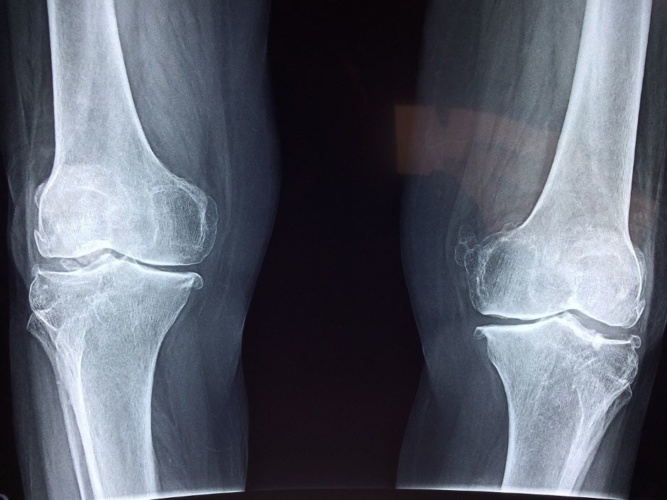
The advance from the Perelman School of Medicine at the University of Pennsylvania could lead longer lasting treatments to injuries including cartilage degeneration. The team’s findings are published in Advanced Materials.
MORE FROM MEDICAL AND HEALTHCARE
"We found that we were able to arrange objects, such as cells, in ways that could generate new, complex tissues without having to alter the cells themselves," said the study's first author, Hannah Zlotnick, who works in the McKay Orthopaedic Research Laboratory at Penn Medicine. "Others have had to add magnetic particles to the cells so that they respond to a magnetic field, but that approach can have unwanted long-term effects on cell health. Instead, we manipulated the magnetic character of the environment surrounding the cells, allowing us to arrange the objects with magnets."
Cartilage break down can be treated with synthetic or biologic materials that eventually wear away from an already complex tissue.
"There is a natural gradient from the top of cartilage to the bottom, where it contacts the bone," Zlotnick said in a statement. "Superficially, or at the surface, cartilage has a high cellularity, meaning there is a higher number of cells. But where cartilage attaches to the bone, deeper inside, its cellularity is low."
The research team found that if they added a magnetic liquid to a three-dimensional hydrogel solution, cells, and other non-magnetic objects including drug delivery microcapsules, could be arranged into specific patterns that mimicked natural tissue through the use of an external magnetic field.
After brief contact with the magnetic field, the hydrogel solution - and the objects in it - was exposed to ultraviolet light in a photo crosslinking process to lock everything in place, and the magnetic solution subsequently was diffused out. After this, the engineered tissues maintained the necessary cellular gradient.
With this magneto-patterning technique, the team was able to recreate articular cartilage, the tissue that covers the ends of bones.
"These magneto-patterned engineered tissues better resemble the native tissue, in terms of their cell disposition and mechanical properties, compared to standard uniform synthetic materials or biologics that have been produced," said senior author Robert Mauck, PhD. "By locking cells and other drug delivering agents in place via magneto-patterning, we are able to start tissues on the appropriate trajectory to produce better implants for cartilage repair."
While the technique was restricted to in vitro studies, it's the first step toward potential longer-lasting, more efficient fixes in living subjects.
"This new approach can be used to generate living tissues for implantation to fix localised cartilage defects, and may one day be extended to generate living joint surfaces," Mauck said.




April 1886: the Brunkebergs tunnel
First ever example of a ground source heat pump?